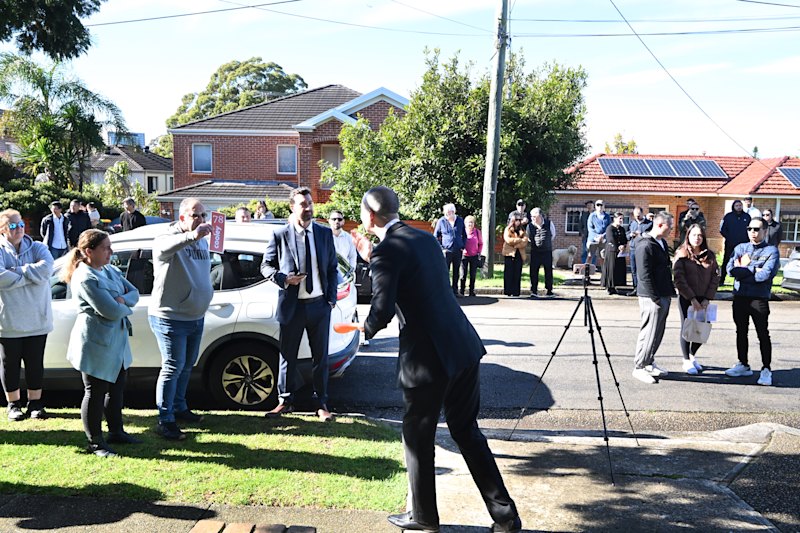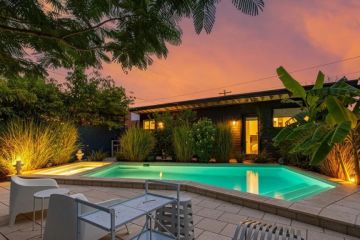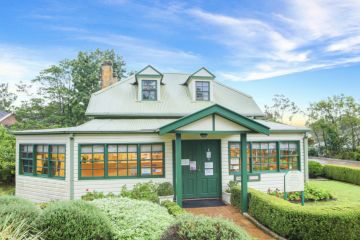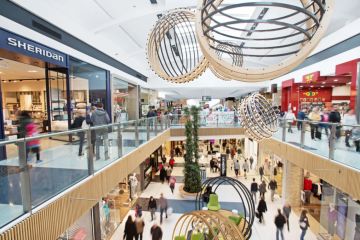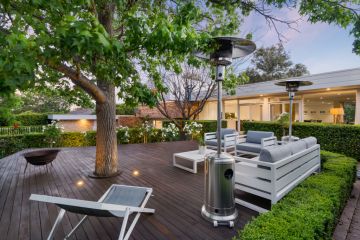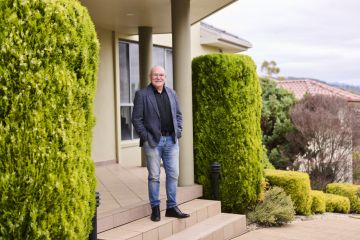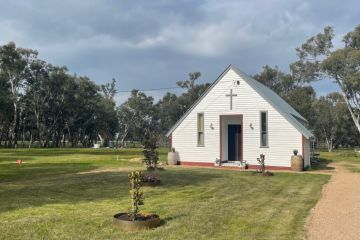Frustrated Melbourne property buyers target next-best suburb
The ripple effect is gaining greater traction in Melbourne as frustrated buyers increasingly target the next-best suburb.
The situation occurs when buyers are priced out of areas and purchase elsewhere. The more buoyant housing conditions in upmarket precincts often then spread to adjoining lower-priced suburbs.
This phenomenon has long been a key factor in determining why suburbs increase in value. But real estate agents say the ripple effect is now more widespread and it is pushing up prices faster, especially in the outer suburbs.
Agency groups are reporting strong pressure on house and unit prices in popular pockets of the outer and middle-ring suburbs. They attribute this to the influence of rising values in many inner suburbs.
The growing influence of the inner-Melbourne market on prices in further-out areas was on show in Saturday’s auction market.
The Domain Group posted a clearance rate of 81 per cent from 715 metropolitan auctions.
Some agents said sales in the middle and outer-eastern suburbs and in parts of the city’s south were noticeably strong on Saturday.
Nigel O’Neil, chief executive of Hocking Stuart, said vendors in suburbs such as Ringwood, 23 kilometres east of the CBD, had swung away from private sales in favour of auctions.
He said in a normal market 80 per cent of properties in Ringwood sold privately. But Hocking Stuart was now auctioning half of its Ringwood listings and achieving a 90 per cent clearance rate in the suburb.
Mr O’Neil said as the middle and outer suburbs migrated towards auction sales, it fuelled price rises.
“The strength of the inner market is pushing towards the middle market and that’s pushing towards the outer market,” he said.
“More people are being priced out of their first preferences and they are going for their second and third preference. That usually means moving a bit further out.”
Other companies are seeing the same trends. Barry Plant chief executive Mike McCarthy said prices were strengthening substantially in the outer and middle-ring suburbs because of a lack of supply and rising prices in the inner-city.
He said the average price for a house sold by Barry Plant was $590,000 in May, up $74,000, or 14 per cent, on May 2014 figures.
Domain Group senior economist Andrew Wilson said Melbourne’s median auction dwelling price rose by 12.1 per cent to $796,000 in the 12 months to the end of May. The median in the previous year to May 2014 was $710,000.
“We have the lowest interest rates since the mid-1960s,” Dr Wilson said. “That is now starting to work its way into the lower-priced regions and suburbs, because affordability advantages are overcoming some of the negative issues around employment in Melbourne.”
The ripple effect works in different ways and it doesn’t simply radiate out from the inner city. Rather, a particular suburb is often the catalyst for growth in nearby spillover areas.
In Melbourne’s west, prices in Yarraville, Newport and Seddon have moved on the back of Williamstown’s rise. Meanwhile, Brighton has fired demand in Brighton East, Hampton and Sandringham, while the popularity of Surrey Hills is good for values in Box Hill North.
On Saturday, the market was boosted by high levels of lending affordability but constrained by a continuing lack of supply. Agents said many first-home buyers and investors attended open houses for properties below $700,000.
“There is still a lot uncertainly around peoples’ jobs and I think that’s why we have a lack of stock”, said Margaret Bland, of Margaret Bland Realty in Doncaster East.
“People should be upgrading and they are not upgrading. They’re staying where they are.
“There are a lot of people who retired or were retrenched from their jobs a bit too early. They are nervous about changing their housing, and with very low interest rates, whatever money they have in savings isn’t going far.”
There are 823 auctions scheduled for next weekend.
We recommend
States
Capital Cities
Capital Cities - Rentals
Popular Areas
Allhomes
More
